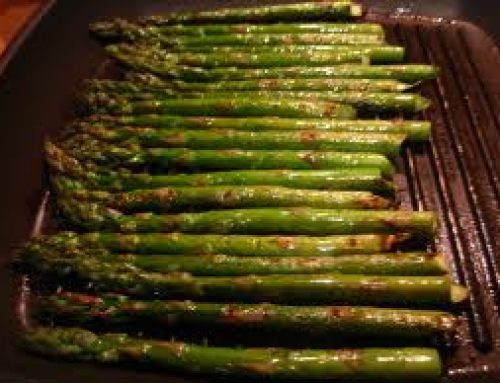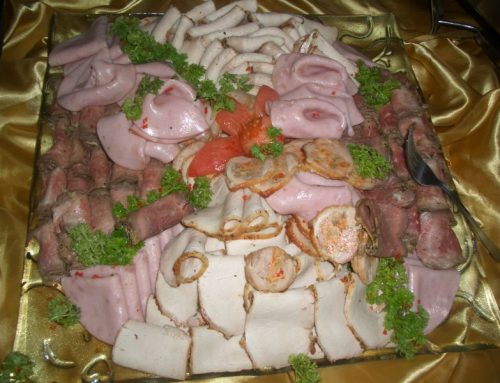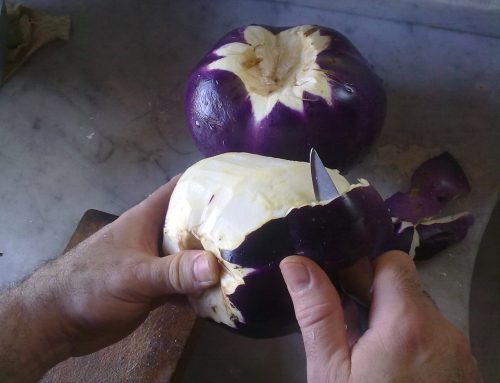Coconuts are large brown and hairy nuts that are found growing on cocunut trees typically in tropical environments.
Although it’s skin is hard, tough and inedible, it’s flesh is commonly known for its sweet taste and for being used either raw or in culinary dishes.
So can guinea pigs eat coconut and if they can, how much can they eat?
As per usual, let’s take a look at its nutritional data. In particular, it’s calcium, fat, sugar, phosphorus, and acidic content.
Coconut-inner edible solid part, raw (fresh kopra)
Nutritional value per 100 g (3.5 oz)
Energyt354 kcal (1,480 kJ)
Carbohydratest24.23
– Sugarst6.23
– Dietary fibert9
Fatt33.49
Proteint3.33 g
Watert47
Thiamine (vit. B1)t0.066 mg (6%)
Riboflavin (vit. B2)t0.02 mg (2%)
Niacin (vit. B3)t0.54 mg (4%)
Pantothenic acid (B5)t1.014 mg (20%)
Vitamin B6t0.05 mg (4%)
Vitamin Ct3.3 mg (4%)
Calciumt14 mg (1%)
Iront2.43 mg (19%)
Magnesiumt32 mg (9%)
Phosphorust113 mg (16%)
Potassiumt356 mg (8%)
Zinct1.1 mg (12%)
Source usda
As you can see coconut contains quite a bit of phosphorus, has quite a lot of acidic content, contains some sugar, but has a lot of fat.
Taking all this into account, coconut is not a great food for guinea pigs to eat. In fact, it’s one for them to avoid if possible. If the do happen to have a nibble at it, they will be fine but it’s not a food to be purposely fed to guinea pigs.





